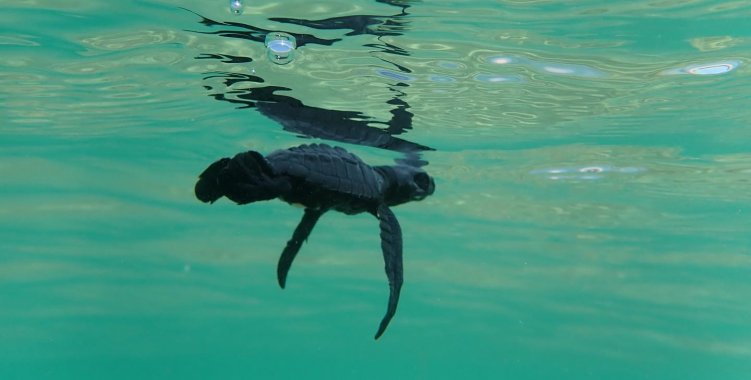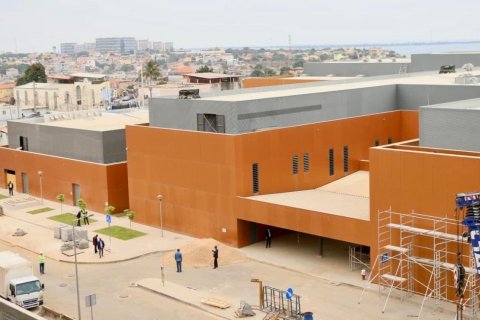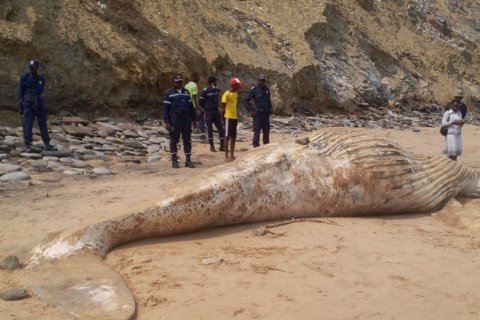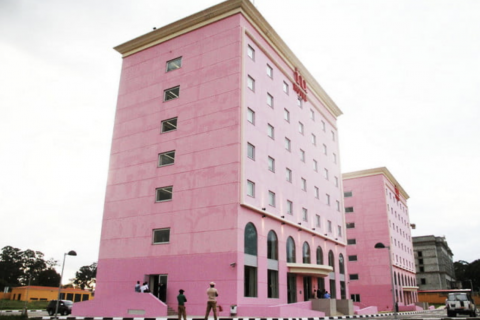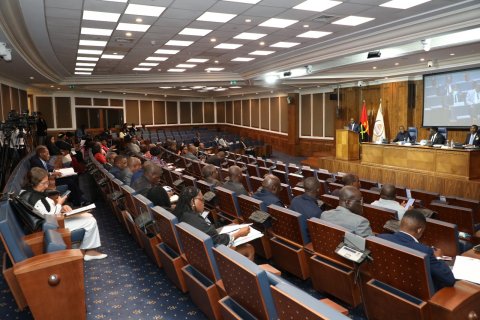Among the project's actions, there is also the rescue of 530 nests, as well as the implementation of 1000 patrols and 90 community awareness actions in which 80 volunteers participated who received training from the project, pointed out the person in charge, who added that the project also received visits from more than 2000 children.
Speaking to Angop, the coordinator said that during that period only two of the five species that exist were discovered, indicating that the main reason for the extinction of species is poaching.
Although sea turtles in their early stages of life are threatened by fish, crabs and birds, the biggest predator turns out to be man.
According to the person responsible, if human action continues to threaten the turtles, they could lead to extinction. "If we continue to have humans as predators of mother sea turtles we will be left without the species, since of the five types that the coast had available, only the Oliva appears. The green one has not been seen for three years", she said, quoted by Angop.
Turtles take on the role of main predators of jellyfish, which, in turn, are the main predators of larvae and eggs of fish such as sardines, horse mackerel, tilapia and cachucho, which end up being the most consumed in the country, which, according to the person responsible, could be one of the justifications for the current lack of "these species of fish".
"This could also be one of the major causes of the scarcity of these fish species at the moment," she said.
Created in Lobito, the Cambeú project concerns an initiative that aims to protect sea turtles, protecting their eggs after they lay their eggs on the coast. According to Angop, subsequently, the aforementioned eggs go to nurseries and incubators for a period of between 55 and 60 days, receiving care and after birth they are returned to the sea exactly where their spawning took place, given that when turtles become adults, they return to the place where they were born to spawn.

